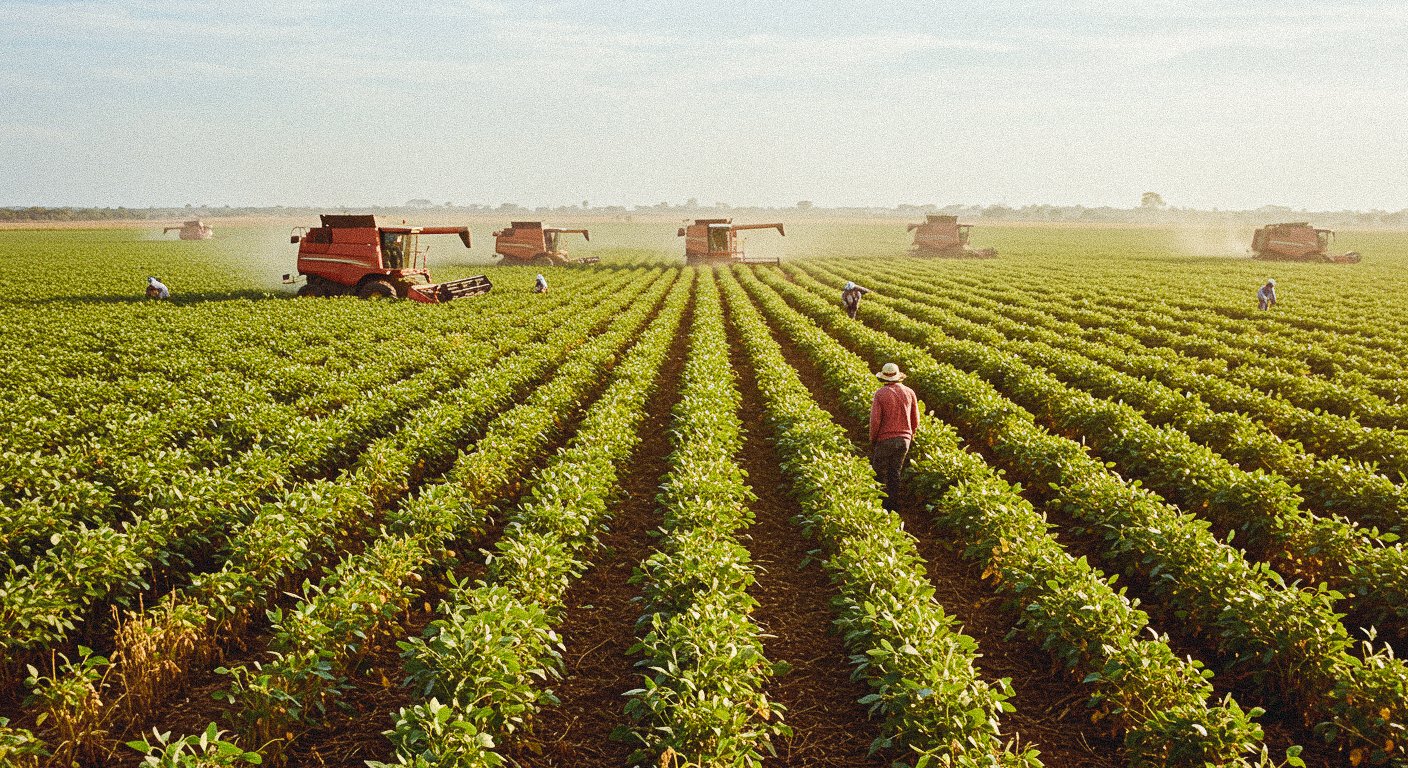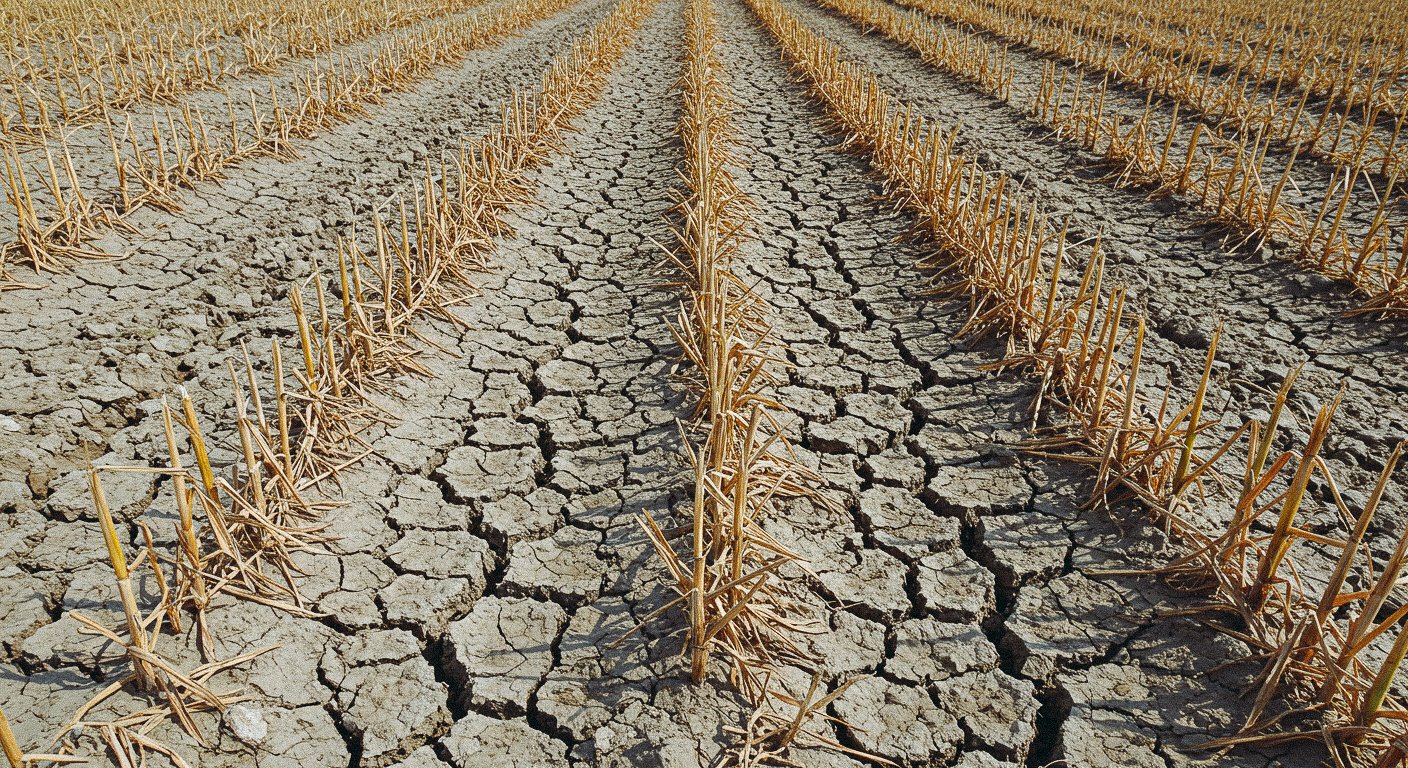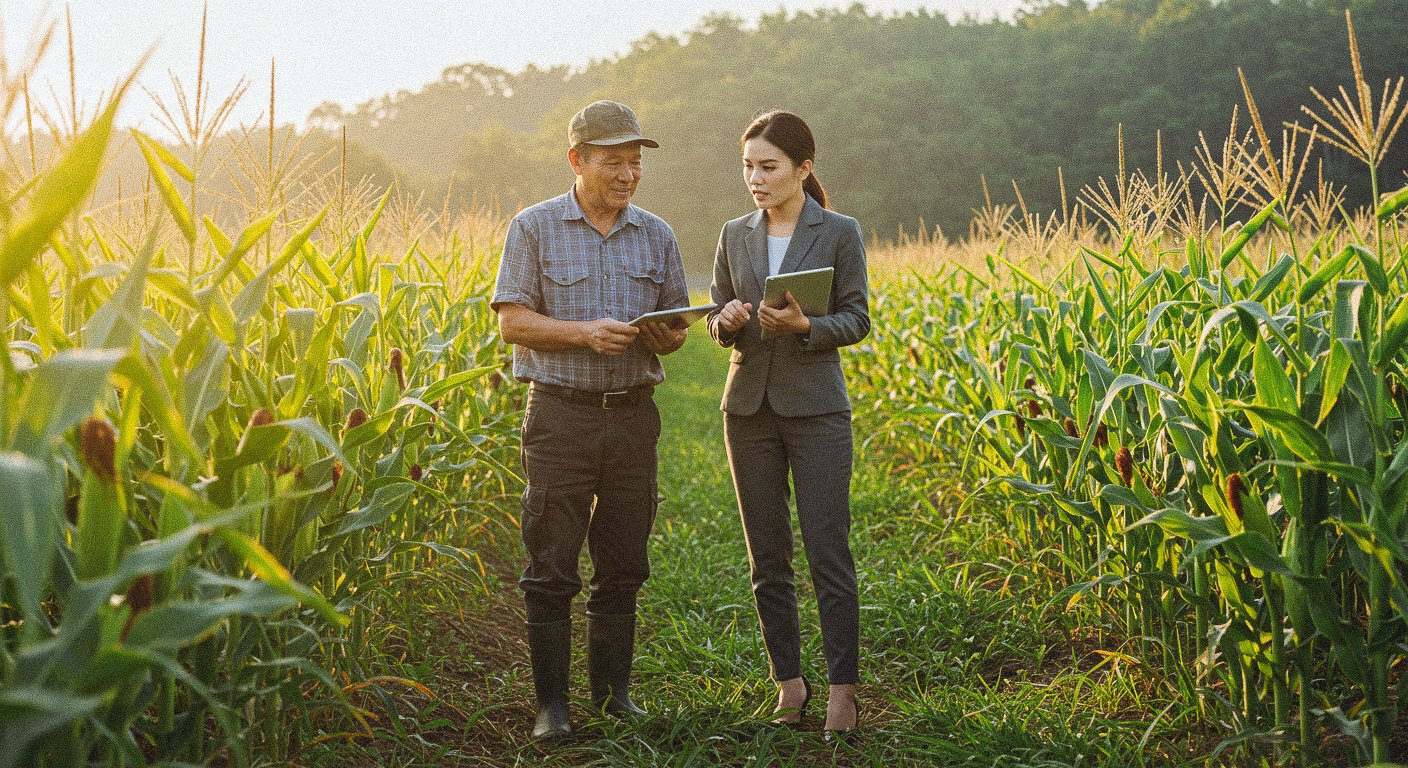As global markets continue to evolve, international agricultural investment has emerged as a promising strategy for portfolio diversification and long-term stability. With rising global food demand and increasing interest in real asset investments, agriculture offers investors a unique opportunity to hedge against inflation while generating consistent returns.
However, climate risks, political uncertainties, and commodity price fluctuations must be carefully managed to ensure success. This article explores successful international agricultural investment cases, high-potential regions, key risks, and effective risk mitigation strategies.
1. Why Invest in International Agriculture?

✅ 1) Growing Market Potential & Stability
📊 Market Data & Projections
- The United Nations Food and Agriculture Organization (FAO) estimates that global food demand will rise by 60% by 2050.
- The global agricultural investment market surpassed $1.5 trillion in 2023, growing at an annual rate of 7%.
- Key investment regions include Brazil, the U.S., Ukraine, and Australia, each offering distinct advantages.
✅ 2) Main Agricultural Investment Strategies
✔ Direct Farmland Ownership → Purchasing and managing farmland in Brazil, the U.S., or Argentina
✔ Agribusiness & Agricultural Stocks → Investing in global agriculture companies like John Deere or Archer Daniels Midland (ADM)
✔ Agricultural ETFs & Funds → Gaining exposure to agricultural commodities via ETFs like DBA or VEGI
2. Success Stories in Agricultural Investment 🌾

✅ 1) U.S. Farmland – A Proven Model of Stability
- Over the past decade, farmland in Iowa and Nebraska has appreciated by 6% annually on average.
- The major agricultural investment firm Farmland Partners (FPI) has acquired over 200 farms across the U.S., yielding an average rental income of 4–5% per year.
- With a stable legal environment and growing food demand, U.S. farmland remains a secure long-term investment.
✅ 2) Brazilian Soybean Farms – High-Yield Investment
- As the world’s leading soybean exporter, Brazil produced 40% of the global soybean supply in 2023.
- The global investment firm TIAA-CREF has been investing in Brazilian farmland since 2012, achieving 12%+ annual returns.
- Brazil’s pro-agriculture policies and low labor costs make it an attractive market for high-yield investments.
✅ 3) Australian Wheat & Livestock – Sustainable Growth
- Australia has relatively lower climate risks and is highly competitive in wheat and livestock production.
- In 2023, Australian farmland investment funds reported average returns of 7–10%, demonstrating consistent performance and resilience.
3. Key Risks to Consider When Investing in Agriculture ⚠️

✅ 1) Climate Change & Natural Disasters 🌪️
- Extreme weather conditions such as droughts, floods, and hurricanes pose significant risks to crop yields.
- In 2023, a record-breaking drought in Australia reduced wheat production by 30%, highlighting the need for climate risk assessment.
✅ 2) Political Risks & Legal Regulations 📜
- Different countries have varying regulations on foreign farmland ownership, taxation, and government policies.
- For example, Ukraine prohibits direct farmland ownership by foreigners, allowing only long-term leases.
- In Brazil, foreign investors require government approval for land acquisitions exceeding a certain size.
✅ 3) Agricultural Commodity Price Volatility 📉
- Prices fluctuate due to geopolitical tensions, supply chain disruptions, and climate conditions.
- From 2022 to 2023, wheat prices rose by 12%, corn fell by 5%, and soybeans increased by 8%, demonstrating high volatility.
4. Effective Strategies for Risk Mitigation

✅ 1) Diversify Investment Locations
- Rather than concentrating in one country, investors should spread investments across the U.S. (stability), Brazil (high returns), and Australia (risk diversification).
✅ 2) Utilize Agricultural ETFs & Funds 📈
- In addition to direct land ownership, investing in agricultural ETFs and stocks can help reduce risk and improve liquidity.
- Recommended ETFs: DBA (Invesco DB Agriculture Fund), VEGI (iShares MSCI Agriculture Producers ETF).
✅ 3) Implement Insurance & Hedging Strategies 💰
- Crop insurance and agricultural derivatives can help offset risks associated with climate and commodity price volatility.
- Example: U.S. Federal Crop Insurance Program provides financial protection against natural disasters.
5. Conclusion – A Long-Term Approach to Agricultural Investment

✅ International agricultural investment provides strong long-term growth potential, inflation hedging, and portfolio diversification.
✅ Different markets offer unique advantages: U.S. (stability), Brazil (high returns), Australia (risk diversification).
✅ Investors must thoroughly assess risks, including climate change, political regulations, and price volatility.
✅ Using diversified strategies such as direct land investment, agribusiness stocks, and ETFs can optimize risk-adjusted returns.
Investing in agriculture is not about short-term speculation—it’s about building long-term value and financial stability.










